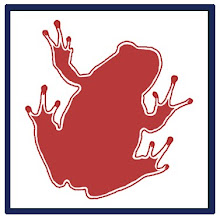
Poets featured in the inaugural issue of Stone Canoe, a Journal of Arts and Ideas from Upstate New York will read from their works on Saturday, March 31, at 2 p.m. Delavan Art Gallery is currently exhibiting the works of 28 artists from Stone Canoe, which includes poetry, fiction, essays and visual arts from 71 artists and writers with connections to Upstate New York.
Michael Burkard, Wendy Gonyea, Charles Martin, Chris Kennedy, and Sarah Harwell will read their poems this Saturday starting at 2 p.m. Michael Burkard is an acclaimed poet and professor at SU with several books in print, and the poetry editor of Stone Canoe. Wendy Gonyea is a journalist, poet and fiction writer who edits the Onondaga Nation News. Charles Martin is a well-known poet, authoritative translator of Latin Poets, and three-time nominee for the Pulitzer Prize, currently teaching at Syracuse University. Chris Kennedy, chair of the Syracuse University Creative Writing Program, has a fourth volume of poems due out this year from BOA Press. Finally, Sara Harwell is a graduate of the SU Masters of Fine Arts program and a teacher/administrator at SU. She is one of the poets included in the new volume Three New Poets from Sheep Meadow Press.
Robert Colley, editor of Stone Canoe, will be present at Delavan Art Gallery to discuss the entire Stone Canoe arts project and its significance in the community.
The Stone Canoe was published by University College of Syracuse University. For more information about the Stone Canoe, visit the website: http://www.stonecanoejournal.org
or click here: Stone Canoe Art Journal
Copies are available at Delavan Art Gallery.
There was also a poetry reading this past Saturday by other poets from Stone Canoe. To hear about this and other events, visit www.DelavanArtGallery.com and sign up for our email list.




